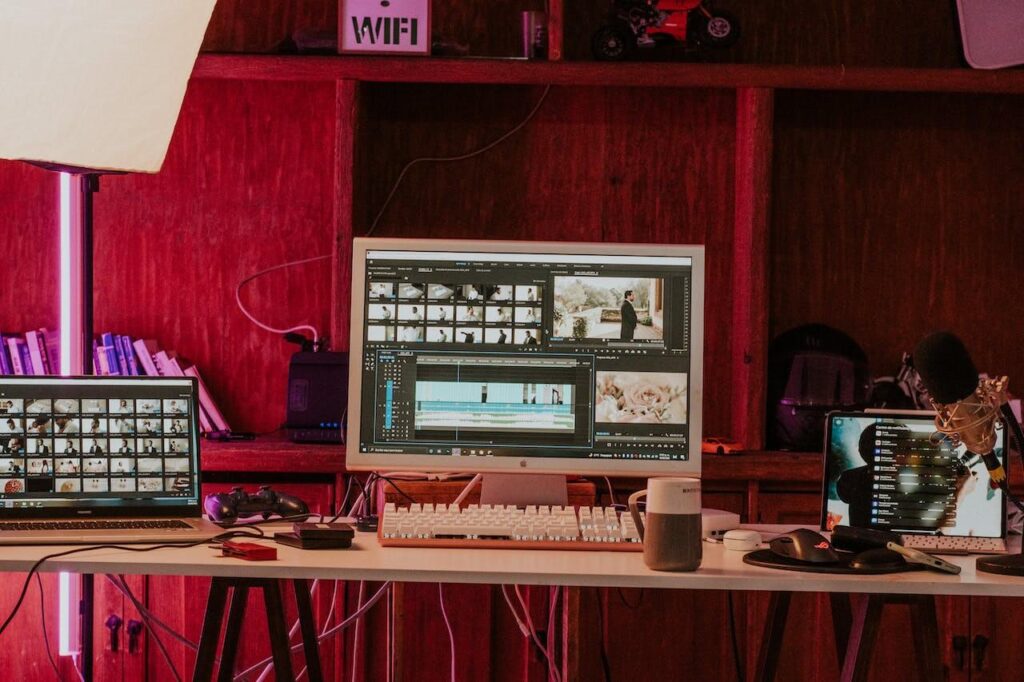Introduction:
The integration of software in film screening has been a pivotal development in the cinema industry. This technological evolution has not only enhanced the visual and auditory experience for viewers but has also streamlined the operational aspects of showcasing films.
Body:
Deepening Understanding of Film Screening Software:
Beyond just replacing traditional projectors, film screening software encompasses a suite of digital solutions. These include content management systems, digital rights management, and audience analytics tools, all aimed at enhancing the efficiency and security of film screening.
Technological Advancements and Their Significance:
The leap to digital projection technology has been a cornerstone in cinema evolution. It has enabled the screening of High Dynamic Range (HDR) content, providing deeper blacks, brighter whites, and a wider color gamut, thus enriching the visual quality of films.
Expanded Benefits for Theaters and Viewers:
Theaters benefit from lower operational costs and the flexibility to quickly switch between films. For audiences, the implications are even more profound – they get to enjoy a consistent, high-quality cinema experience with superior sound formats like Dolby Atmos and DTS:X.

Transforming Film Distribution:
Digital screening software has streamlined the distribution chain, enabling distributors to encrypt and transmit films securely over the internet. This reduces the risk of piracy and allows for simultaneous global releases, a huge leap from the days of physical film reels.
Elevating Viewer Engagement:
The introduction of technologies such as 4K and 3D projection, and interactive elements like live voting or augmented reality experiences in theaters, has taken audience engagement to new heights. This interactive element is especially attractive for educational and documentary screenings, where audience participation can enhance the learning experience.
Addressing Adoption Challenges:
The transition to digital, while advantageous, can be financially challenging for smaller theaters. Furthermore, the need to regularly update software and hardware to keep up with technological advancements can be a significant hurdle.
Looking at The Future: Beyond Screening:
Future prospects include the integration of AI for personalized advertising and film recommendations within theaters, enhancing the customer experience. Moreover, virtual reality (VR) and augmented reality (AR) screenings might become more commonplace, offering an entirely new dimension to film viewing.
Conclusion:
The role of software in film screening represents a significant milestone in cinema history. This evolution is not just about enhanced picture and sound quality; it’s about redefining the entire cinematic experience. From distribution to projection and audience engagement, the digital transformation driven by advanced software is setting a new standard in the film industry, promising an even more exciting and immersive future for moviegoers.
FAQs:
What is film screening software?
Film screening software is a digital tool used in cinemas for projecting movies with enhanced visual and audio quality.
How does this software improve the movie-watching experience?
It offers clearer images, vibrant colors, and superior sound, providing a more immersive and enjoyable viewing experience.
Can this software support different film formats?
Yes, modern screening software is designed to be compatible with various formats, including 2D, 3D, and 4K.
Is digital film screening software eco-friendly?
Yes, it reduces the need for physical film reels, thereby cutting down on material waste and transportation emissions.
How does this technology impact film distribution?
It simplifies distribution by allowing digital transmission of films, facilitating faster and wider movie releases.
Are there any challenges for theaters in adopting this software?
The initial cost and the need for technical upgradation pose challenges, especially for smaller and independent theaters.
What future advancements are expected in film screening software?
Future advancements may include AI integration for personalized experiences and the incorporation of VR and AR technologies.
Description:
Explore how the “software for screening a film” is revolutionizing cinema, enhancing visuals and sound for an unmatched movie.


